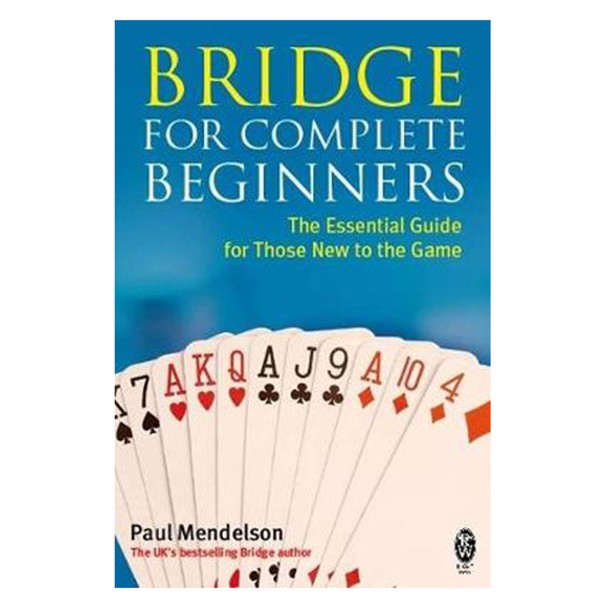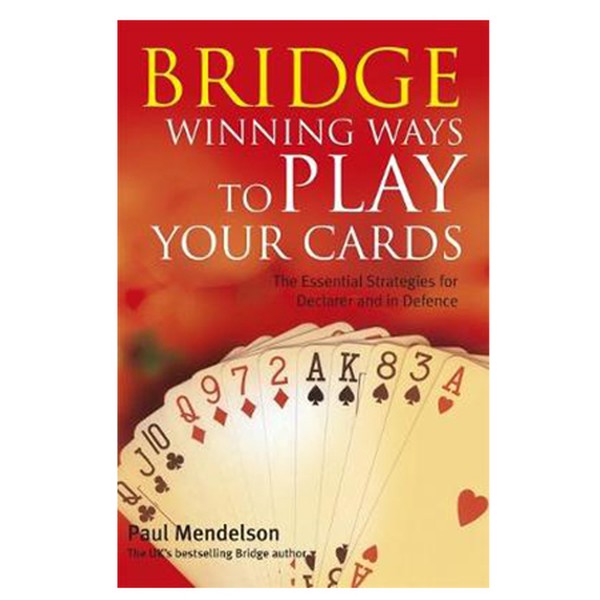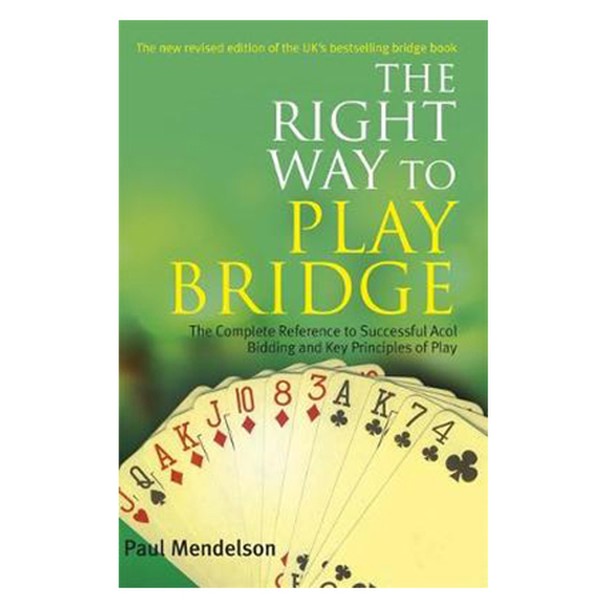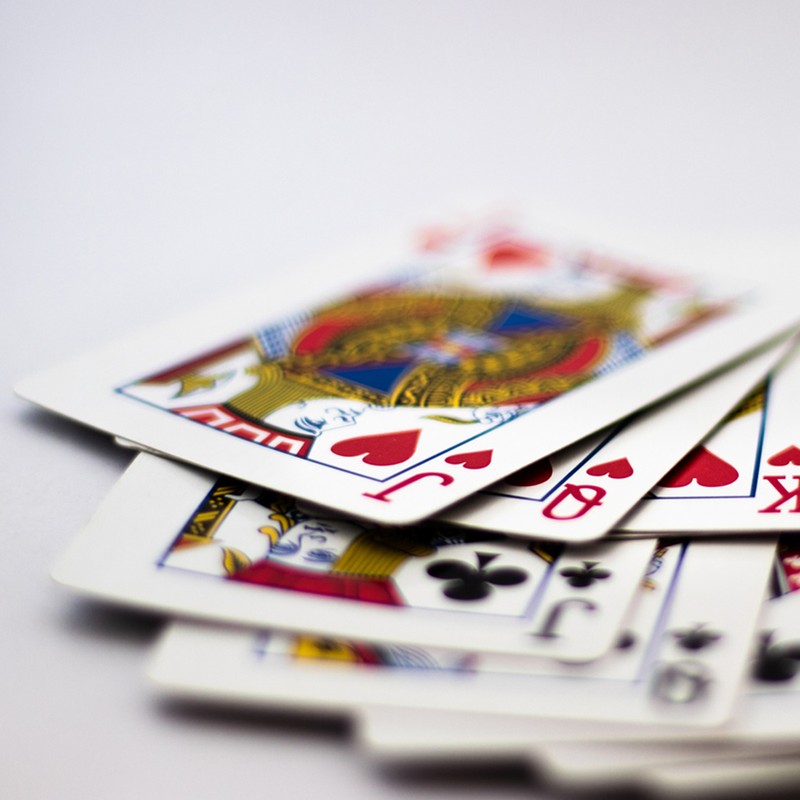The SL Guide To Finding A Hobby: Bridge
The Basics…
There are two main forms of bridge: 'Rubber' and 'Duplicate'. Rubber bridge is the way almost everybody starts out, with the objective to win the best of three games. Duplicate is the way in which most competitions are run – everyone has the same cards and you are compared to other players holding the same cards. The game itself also has two main parts, known as the bidding and the play. A game played in pairs, bridge requires four players, with each player sitting opposite their partner at a card table.
Played with a standard deck of 52 cards, the four main suits are ranked from highest to lowest as: spades, hearts, diamonds and clubs. The cards of each suit are also ranked from the ace (highest) through to the two (lowest). The object of bridge is to win tricks, which consists of four cards, one from each player. In total, there are 13 tricks to be won on each deal.
How To Find A Club...
Bridge isn’t a game that’s easy to teach yourself. Instead, it’s a skill best honed in a club, whjch will expose you to multiple abilities and styles of play. But finding the right partner can be difficult if no one in your social circle shares your passion. By joining a club, it’s much easier to track down someone to play with, as well as a regular set of people to play against. Start by visiting the English Bridge Union which not only holds all the relevant information and news from most clubs, but also details about teacher training courses and youth bridge.
If you still can’t find what you’re looking for, search for a club by county at ProBridge.co.uk or BridgeWebs.com.
Some Pro Tips...
Eddie Kantar is a professional bridge player, writer, teacher and member of the Bridge Hall of Fame. He has won two World Champion and 13 North American Championship titles. Here are his tips…
For beginners…If you keep one goal in mind, make it defeating the trick (also known as the contract). Don’t worry about overtricks unless you’re defending a doubled contract or are playing tournament bridge.
For intermediates… Keep your partner's skill level in mind and lead weaker players by the hand. Also, watch for a partner's signals. The stronger your partner, the more meaningful they are. Finally, always remember a player who hesitates during the bidding is likely to have a problem hand.
For experts… Give your opening lead a little consideration. The fate of many a contract is determined by that one card. Use the bidding as a guide and if you, or more likely your partner, has made an error, do not lose your cool. Many contracts can still be beaten after one defensive error, seldom after two.
Andrew Robson is widely regarded as one of the finest Bridge players and teachers in the world. When not at his club or playing for England, he travels the country, teaching masterclasses on how to master the game. Here are his tips…
For beginners… Always open with your longest suit – it’s length, not strength, which is key. With two five-card suits, always open with the higher ranking. Start high, so you can finish low.
For intermediates…When you pick up a bad hand, you must stay focused — it isn’t possible to fold like you would in poker. For that reason, it’s important to keep a flexible mindset; your bad hand may become quite a good bad hand in the end.
For experts…Top players know the percentages but the greats of the game invariably trust their intuition ahead of the bare odds. Top players never play in fear either; and they rarely assume the defence is going to do the right thing.
The Top Tools...
Author Paul Mendelson is considered one of the best authorities on the game, with several of his books thought to be the best on the market. We recommend...



If books aren’t your style, go digital with one of these apps...
For more information on playing bridge, visit the English Bridge Union here.
DISCLAIMER: We endeavour to always credit the correct original source of every image we use. If you think a credit may be incorrect, please contact us at info@sheerluxe.com.


